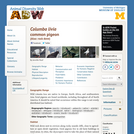
Columba livia: Information
- Subject:
- Life Science
- Zoology
- Material Type:
- Reading
- Provider:
- University of Michigan Museum of Zoology
- Provider Set:
- Animal Diversity Web
- Author:
- Jennifer Roof (author), University of Michigan
- Date Added:
- 10/02/2001

Columba livia: Information
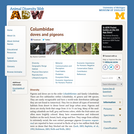
Columbidae: Information
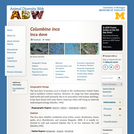
Columbina inca: Information

This resource is a video abstract of a research paper created by Research Square on behalf of its authors. It provides a synopsis that's easy to understand, and can be used to introduce the topics it covers to students, researchers, and the general public. The video's transcript is also provided in full, with a portion provided below for preview:
"A recent study shows that common pesticides could seriously harm and disorient a songbird native to North America. Migratory bird populations across the world are declining. While that trend has been linked to a litany of complex factors, one of the most concerning is the widespread use of common pesticides, namely, organophosphates and neonicotinoids. Neonicotinoids, the more modern of the pair, were originally thought to be less harmful to the human and wildlife nervous system. But mounting evidence suggests that may notbe the case. One group of animals susceptible to the brain-altering effects of the pesticides are migratory songbirds. In a recent study, researchers looked at the white-crowned sparrow in particular. The white-crowned sparrow migrates as far as northern Canada during breeding season and as far south as Central Mexico in the winter. Like many other migratory birds, the sparrow relies on the rich farmland in between to rest and refuel. And that’s where danger may lie..."
The rest of the transcript, along with a link to the research itself, is available on the resource itself.
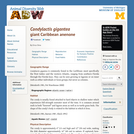
Condylactis gigantea: Information
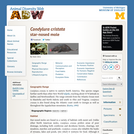
Condylura cristata: Information
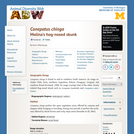
Conepatus chinga: Information
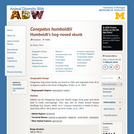
Conepatus humboldtii: Information
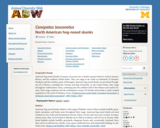
Conepatus leuconotus: Information
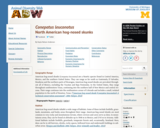
Conepatus mesoleucus: Information
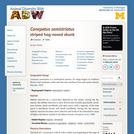
Conepatus semistriatus: Information
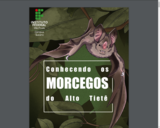
Esta cartilha é o produto final do Projeto de Extensão: “Conhecendo os Morcegos do Alto Tietê” (Edital: 2021SZN_002) e foi financiado e desenvolvido no Instituto Federal de Educação, Ciência e Tecnologia de São Paulo – campus Suzano.
Essa cartilha apresenta as caracterísiticas básicas da Ordem Chiroptera, bem como a importância ecológica dos morcegos. Além de apresentar as 16 espécies presentes na região do Alto Tietê no estado de São Paulo.
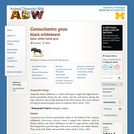
Connochaetes gnou: Information
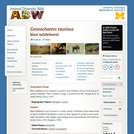
Connochaetes taurinus: Information
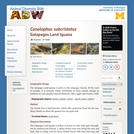
Conolophus subcristatus: Information
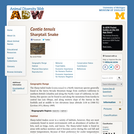
Contia tenuis: Information
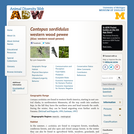
Contopus sordidulus: Information
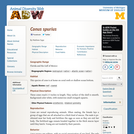
Conus spurius: Information
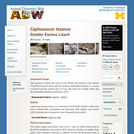
Cophosaurus texanus: Information

Coragyps atratus: Information